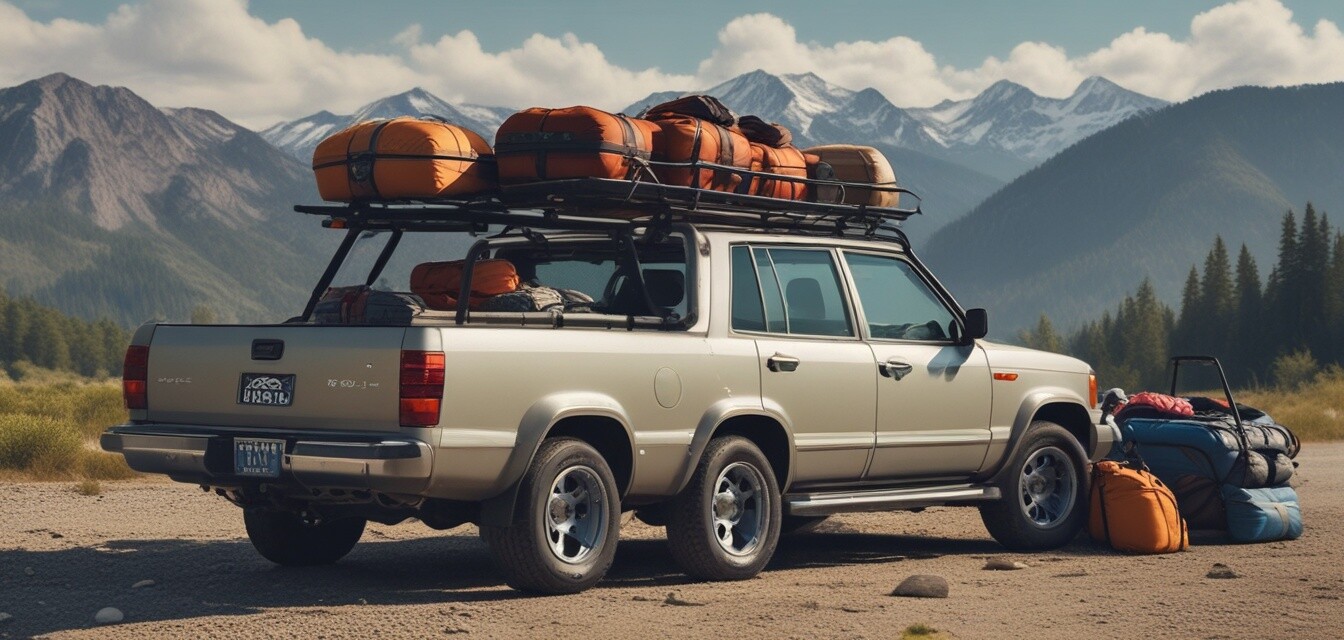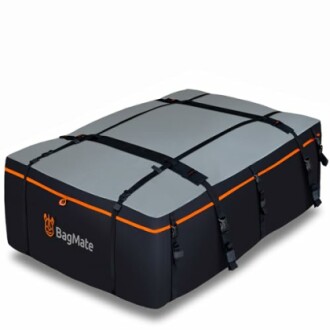
Proper Techniques for Loading a Roof Rack
- Always distribute weight evenly on your roof rack.
- Secure cargo tightly using appropriate straps and mechanisms.
- Understand your roof rack's load limits for safety.
- Use weatherproof covers for added protection against the elements.
Roof racks are essential for carrying extra gear on your vehicle, whether you're heading out for a family vacation, camping trip, or simply transporting sporting equipment. However, loading your roof rack improperly can lead to accidents and damage to your vehicle. This guide provides detailed techniques to help ensure maximum safety and stability while loading your roof rack.
Understanding Roof Rack Basics
Before diving into loading techniques, it's essential to understand the components of a roof rack. Most roof racks consist of crossbars, towers, and clamps, allowing you to securely hold cargo or additional carriers.
Types of Roof Racks
- Factory Roof Racks
- Aftermarket Roof Racks
- Raised Rail System
- Fixed Point System
Loading Techniques for Safety
The following techniques will help ensure you load your roof rack safely and effectively:
1. Check Your Load Limits
Refer to your vehicle’s and roof rack’s specifications to determine the maximum weight load they can support. Exceeding these limits can lead to unsafe driving conditions.
2. Distribute Weight Evenly
Even weight distribution is crucial for driving stability. Use the following guidelines:
| Cargo Type | Recommended Position |
|---|---|
| Large boxes | Center of the roof rack |
| Long items (e.g., kayaks) | Evenly spaced across the length of the rack |
| Heavy gear (e.g., luggage) | Lower side of the rack to maintain balance |
3. Secure Your Cargo
Proper securing prevents cargo from shifting while driving. Follow these tips:
- Use strong, durable straps.
- Double-check your knots or buckles after securing.
- Consider using additional
cargo covers for additional weather protection.
Heavy-Duty Waterproof Roof Bag
A spacious 23 cubic feet roof bag, designed to hold up to 8 suitcases while maximizing durability and weather protection.
Explore Now
4. Use a Weatherproof Cover
Consider investing in a weatherproof cargo bag like the Heavy-Duty Waterproof Roof Bag to offer protection from rain, snow, and UV rays. This is especially beneficial when traveling long distances.
Common Loading Mistakes
Avoid these common loading mistakes:
- Overloading the roof rack beyond capacity.
- Failing to secure cargo tightly.
- Ignoring weight distribution principles.
- Not checking for clearance when driving under bridges or low structures.
Maintenance Tips for Roof Racks
Maintain your roof rack for longevity and functionality:
- Regularly inspect straps and mechanisms for wear and tear.
- Clean the roof rack and mount points to prevent rust.
- After each trip, ensure that there are no loose components.
Conclusion
Proper techniques for loading a roof rack can significantly enhance your travel experience, contributing to safe and manageable hauling of gear. With appropriate safety checks and securing mechanisms, you'll ensure your roof rack is optimized for any adventure ahead.
Pros
- Increases vehicle storage capacity.
- Allows transportation of oversized items.
- Enhances organization for road trips.
Cons
- Can slightly reduce fuel efficiency.
- Requires careful loading to avoid damage.
- May require additional purchases for securing cargo.
Further Reading
For more in-depth information, check out our comprehensive guides on:

